NASA’s Europa Clipper, the largest interplanetary probe, tested its radar during a Mars flyby. The results show the kind of detailed imagery the probe will capture once it arrives at Jupiter’s moon Europa.
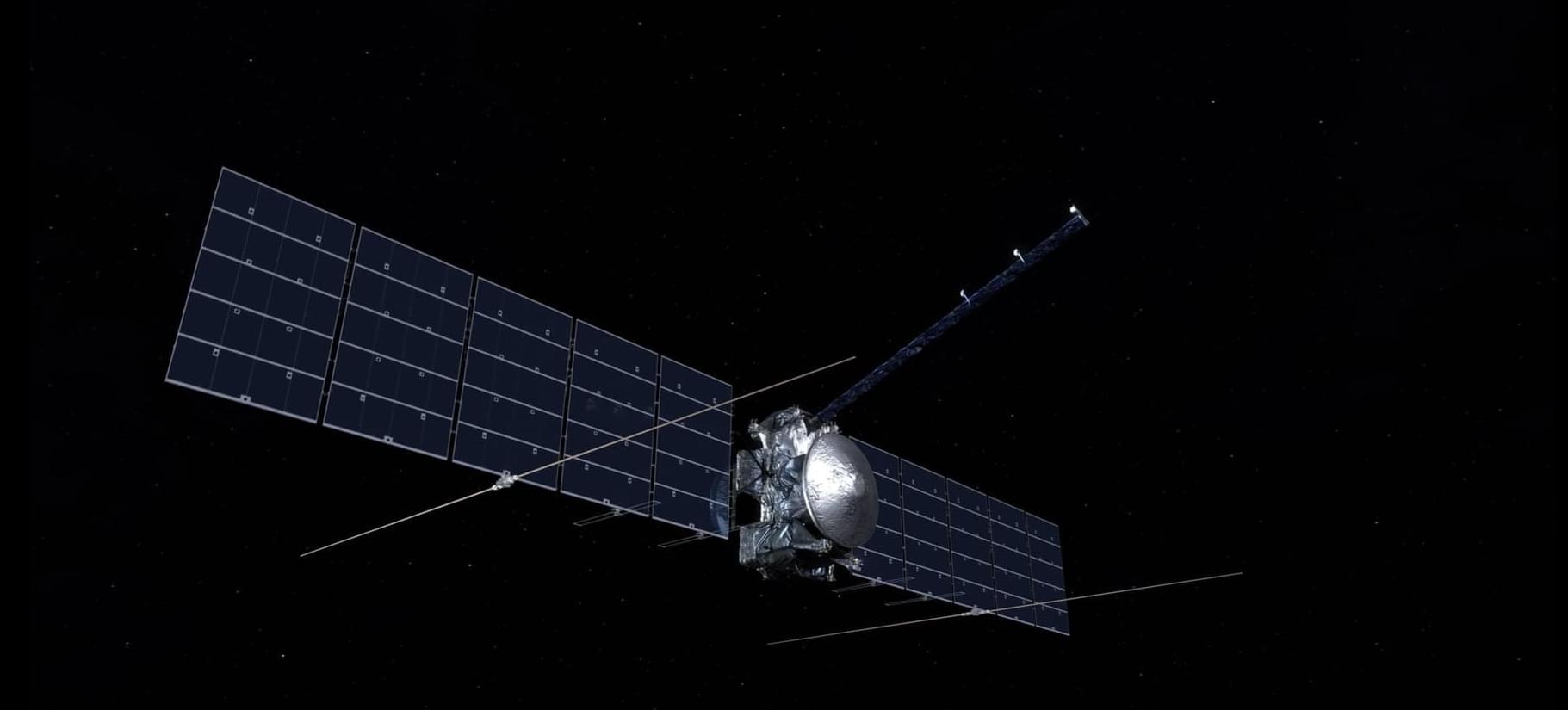


By analyzing the data from ESA’s Gaia satellite, astronomers from the University of Chicago, Illinois and elsewhere, have identified a new ultra-metal-poor star. The newfound star, designated GDR3_526285, turns out to be one of the most metal-poor stars detected so far. The finding was announced in a research paper published August 8 in The Astrophysical Journal Letters.
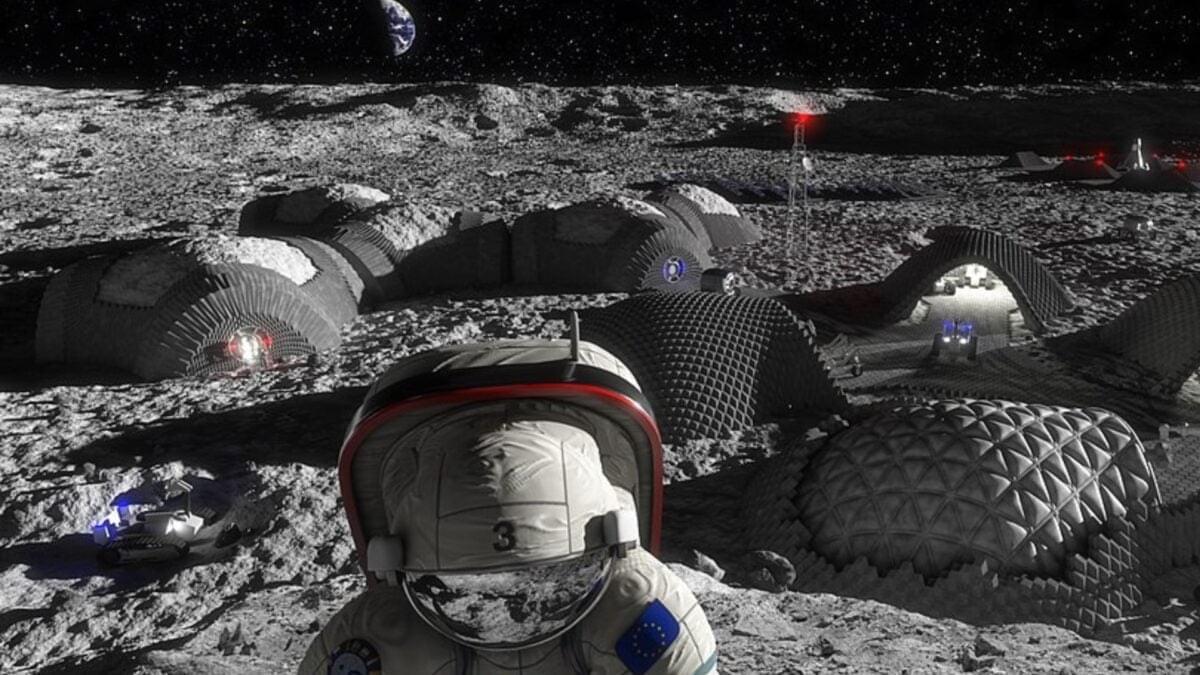
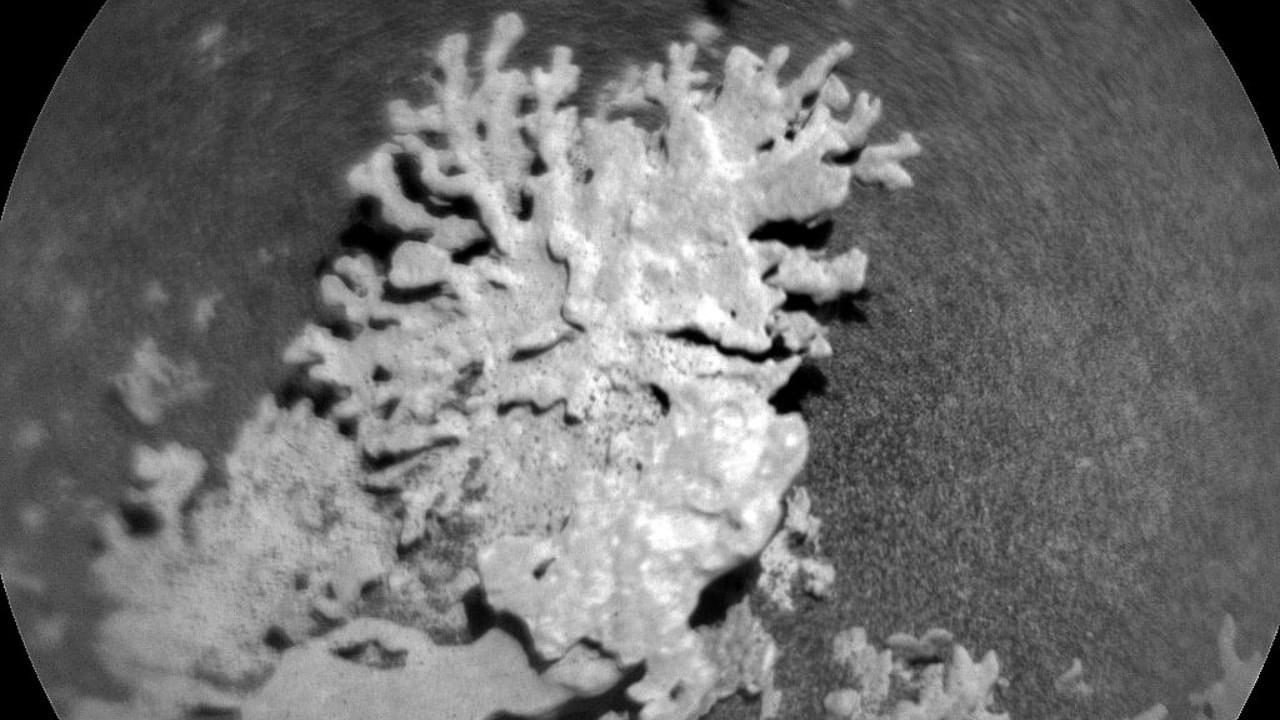

I’m drawn to Whitehead’s philosophy not because it rejects the supernatural, but because it reawakens a deeper appreciation for it. Nature itself is supernatural because it is always transcending itself—a ceaseless creative advance into novelty. Even the so-called ‘laws of nature’ are not inflexible blueprints, but statistical generalizations about how nature habitually, though not invariably, operates. In a world where many skeptics dismiss anything wonderful, amazing, or unexpected as mere coincidence or illusion, Whitehead reminds us that novelty, beauty, and surprise are woven into the very fabric of reality. He offers a vision of God who, in one aspect of God’s primordial nature, is outside the actual universe altogether, and thus supernatural in this sense, but who is also immanent within the universe as a source of comfort, novelty, and creative transformation. God is supernatural in both ways: transcendent of the world, and present within it, working in and with the unexpected to deepen the richness of existence.
Added to this is the fact that Whitehead’s philosophy helps me understand and appreciate paranormal experiences. Events such as telepathy, remembrance of previous lives, psychokinesis, and apparitions can be interpreted not as violations of nature, but as rare expressions of its deeper interconnectedness—instances of hybrid prehensions where entities directly feel one another across distances and times, bypassing the usual causal pathways. In this way, what we call ‘paranormal’ is not anti-natural but a revelation of the profound relational fabric of the universe.
Yes, Whitehead helps me reimagine and affirm the supernatural.
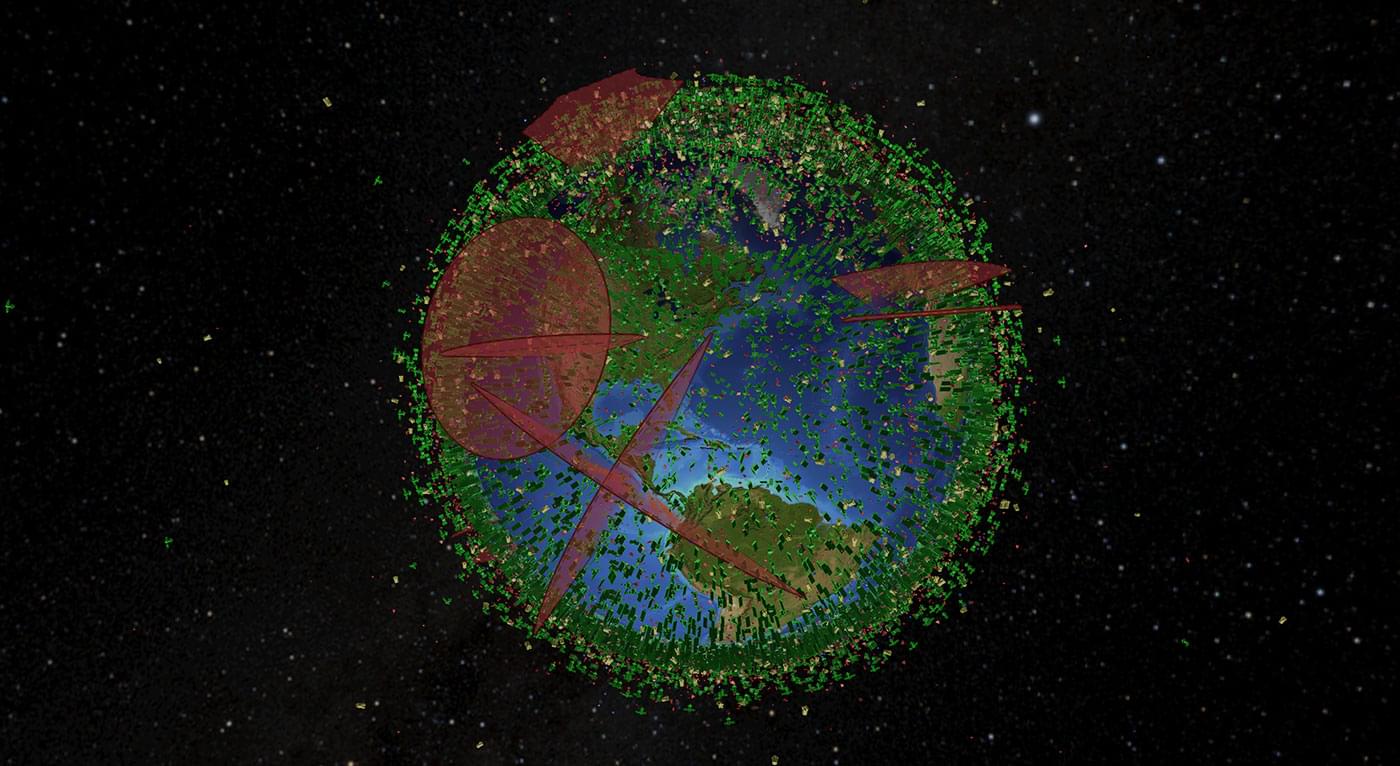
The city council voted to become part of the Central Texas Space Development Corporation.

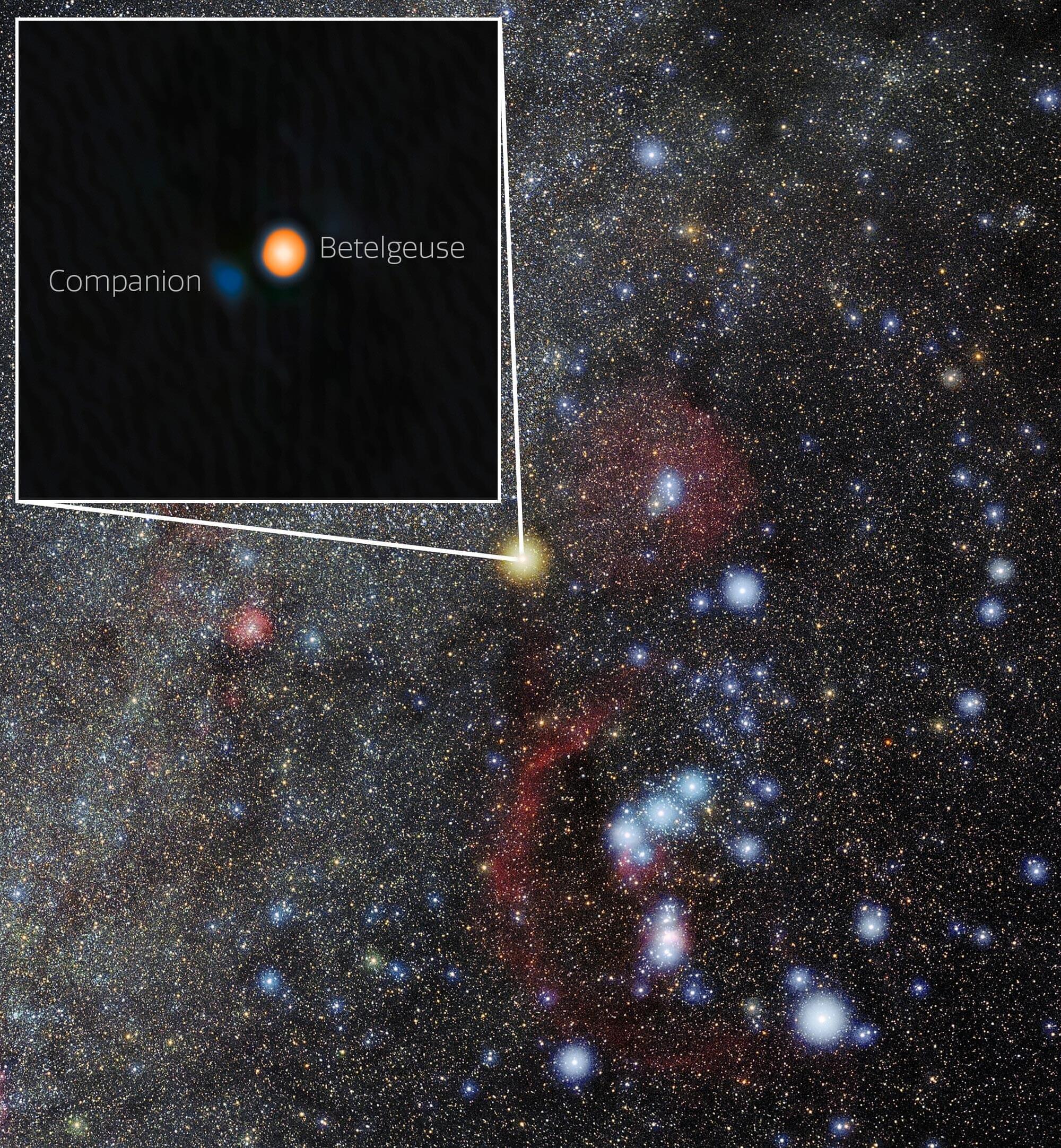

Deep in the heart of our galaxy lies one of the most chaotic and mysterious regions in space. Now, scientists have created the first detailed map of magnetic fields in this turbulent zone, providing crucial insights into how stars form and evolve in extreme environments.
The research, led by University of Chicago Ph.D. student Roy Zhao, focused on a region called Sagittarius C, located in the c near the center of the Milky Way. This area serves as what researchers call an astrophysical “Rosetta Stone,” an area key to understanding the complex interactions between dense gas clouds, star formation, and powerful magnetic fields that shape our galaxy.
The team used NASA’s now retired flying telescope SOFIA to study infrared light emitted by tiny dust grains scattered throughout the region. These microscopic particles act like compasses, aligning themselves with magnetic field lines and by analyzing the polarized light they emit, it’s possible to map the invisible magnetic fields for the first time.